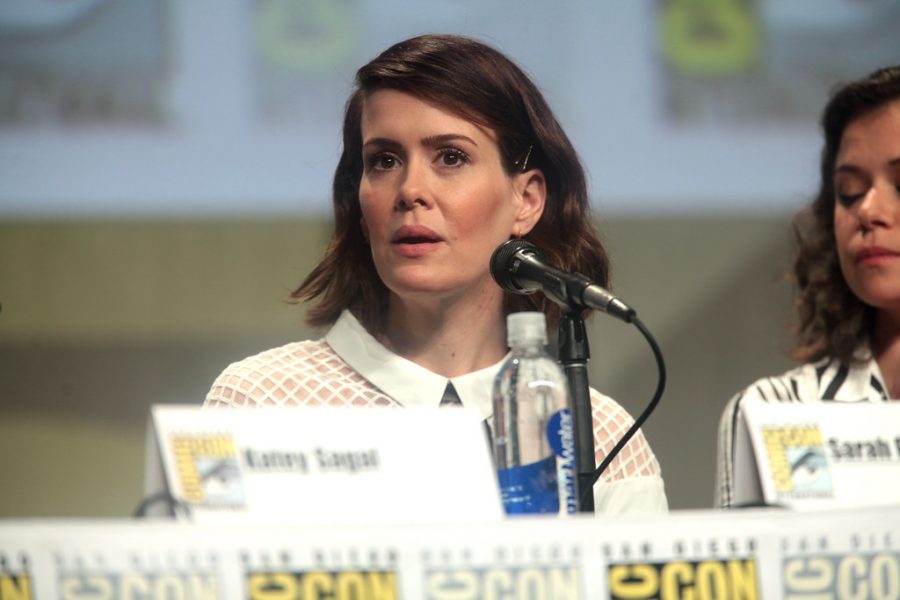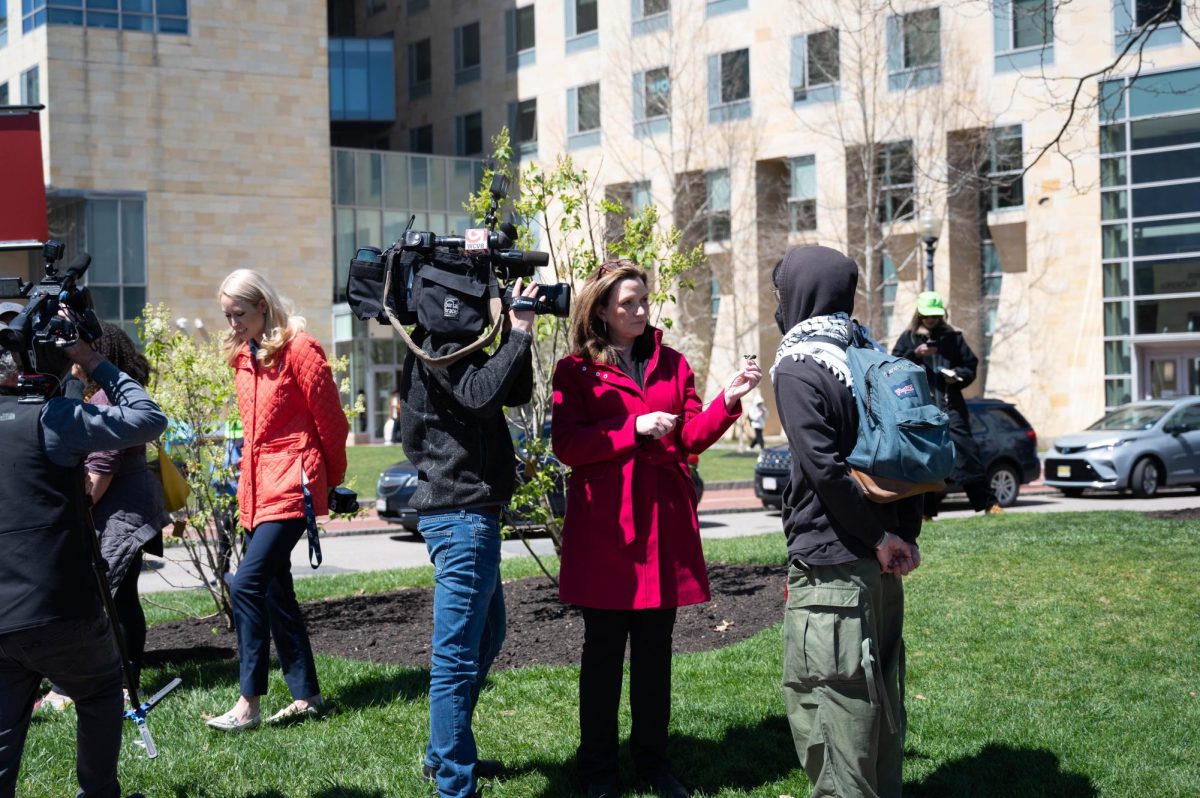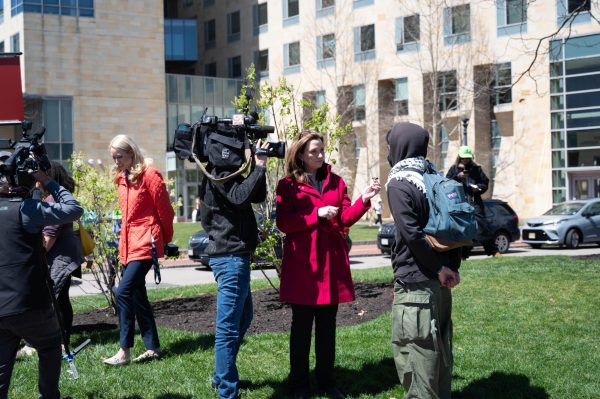Review: ‘Ratched’ fails to live up to its potential
"Sarah Paulson" by Gage Skidmore is licensed under CC BY-SA 2.0
Sarah Paulson stars in ‘Ratched.’
October 18, 2020
Content warning: This show contains graphic depictions of murder, assault, and conversion therapy. Other sensitive themes include drug abuse, animal cruelty, sexism and homophobia.
Evan Romansky and Ryan Murphy’s new Netflix show “Ratched” tells the origin story of infamous “One Flew Over the Cuckoo’s Nest” villain Nurse Mildred Ratched (Sarah Paulson). Set in the 1940s, it is intended as a prequel to Ken Kesey’s critically-acclaimed 1962 novel.
While Murphy has taken clear inspiration from his prior work on “American Horror Story,” the inspiration from the novel is less obvious. Fans of AHS may see parallels between the cinematography and creepy effects, but it feels out of place in the clean and orderly world of Kesey’s mental hospital. It also falls prey to many of the same plot holes and confusion as some of Murphy’s other work.
The Mildred Ratched of “Ratched” is cruel in a very different way than Kesey’s Ratched.
Rather than being detached and dispassionate, she regularly takes matters into her own hands in a brutal way. She is aware of, and takes advantage of, her own sexuality in a way that the 1962 version of Ratched does not. Murphy’s Ratched wildly switches between compassionate and selfless to cold and conniving.
This inconsistency is true of almost all the characters. In one scene, Dr. Richard Hanover (Jon Jon Brione), the head of Lucia State Hospital, tells Ratched he never wants to speak to her again. In the next, he runs to her motel room asking her to help him escape the hitman who is following him. A similar problem plagues Nurse Betsy Bucket (Judy Davis), who initially despises Nurse Ratched, then becomes inexplicably sympathetic just when she has the opportunity to undermine Ratched’s plans.
The constant lying and unexpected deaths, intended as cunning plot twists, only make the plot harder to follow. With unnecessary side characters, gratuitous sex and gore for the sake of a shock factor, the storyline is murky and unclear. It is riddled with tired clichés, such as a female murderer who sees herself as an “angel of mercy.” One of the most sinister clichés is the portrayal of people with mental health illnesses as inherently violent. All the side characters who struggle with various forms of mental illness are shown as dangerous, which comes across as outdated and insensitive.
The show is intended as a redemption arc for Ratched, making her out to be a more compassionate person than she is in either Kesey’s novel or the 1975 film adaptation. However, her character develops in a way that is opposite of fans’ expectations. While one expects to sympathize with her at the beginning and uncover how she becomes cruel, she instead begins the season as a villain, and ends it as a compassionate person with genuine connections to others. Where Romansky and Murphy intend to take this character next is wildly unclear.
What the show may lack in plot, it makes up for in acting and visual effects. The cast play their roles well and deliver emotional performances, despite the strange side plots and inconsistent story arcs. Paulson in particular overcomes the confusing back-and-forth of her character, managing to make her wild swings in motivations and feelings seem not only convincing, but moving.
The visuals of the show are also stunning. The scenery of rural Lucia, set along the California coastline, provides a beautiful contrasting backdrop for the violent horrors of the mental hospital. While sometimes over the top, the weather and color symbolism, as well as the swelling background music, add extra drama to powerful scenes. The gore may be extreme and unnecessary at times, but the visual effects are striking.
Overall, “Ratched” plays as a typical Murphy piece. Like AHS, its pitfalls lie in a wandering and miserable plot that focuses more on getting in as much shock factor as possible, rather than making a compelling story. Its saving grace is the talents of the actors and the cinematographers. Although the concept was intriguing, poor execution has undermined its potential. Murphy and Romansky might have been better served creating original characters, independent from Kesey’s novel, rather than overly complicating such a classic story.


















